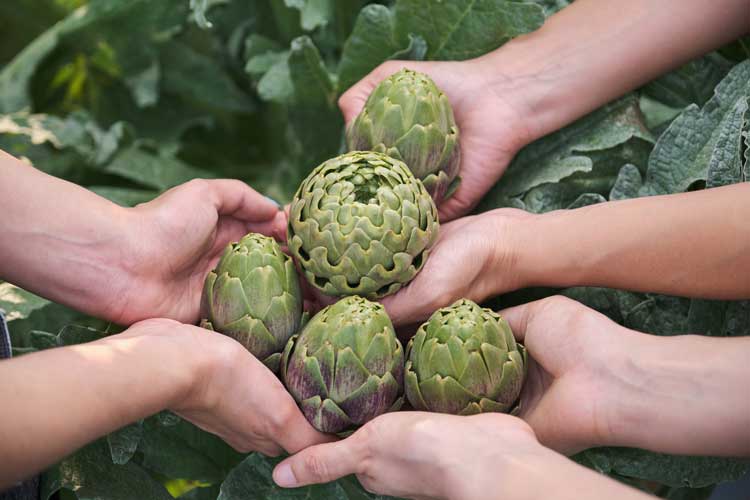Companion planting with artichokes involves strategically pairing different plants in the garden to mutually benefit each other. This gardening technique has been practiced for centuries and offers numerous advantages. By combining specific plants together, companion planting promotes biodiversity, enhances soil health, and helps control pests naturally. When it comes to artichokes, companion planting plays a crucial role in optimizing their growth and overall well-being.
Artichoke Varieties and How They Grow
Artichokes are renowned for their unique flavor and versatility in culinary applications. There are two primary varieties of artichokes: the Green Globe and the Imperial Star. These varieties thrive in diverse climates and soil types, making them suitable for a wide range of garden settings.
Artichoke plants are heavy feeders, meaning they require ample nutrients to support their growth and development. They prefer full sun exposure, allowing them to photosynthesize efficiently and produce robust, flavorful buds. Additionally, artichokes exhibit remarkable drought tolerance, making them resilient in arid conditions.
Good Companion Plants for Artichokes
When cultivating artichokes in your garden, selecting the right companion plants can greatly enhance their growth and health. Here are some beneficial companions that promote a flourishing artichoke patch:
Sunflowers
These tall, cheerful flowers not only add visual appeal to the garden but also provide much-needed shade for artichoke plants during hot summer days. Additionally, sunflowers attract pollinators like bees and butterflies, encouraging the pollination of artichoke flowers for a fruitful harvest.

Marigolds
With their vibrant blooms and strong fragrance, marigolds serve as natural pest repellents, deterring aphids and other harmful insects that might otherwise damage artichoke plants. At the same time, they attract beneficial insects such as ladybugs and lacewings, which help maintain a balanced ecosystem in the garden.

Thyme
This aromatic herb not only enhances the flavor of dishes but also acts as a natural insect repellent, keeping pests at bay without the need for chemical interventions. Planting thyme alongside artichokes adds a delightful scent to the garden while protecting the tender buds from potential harm.
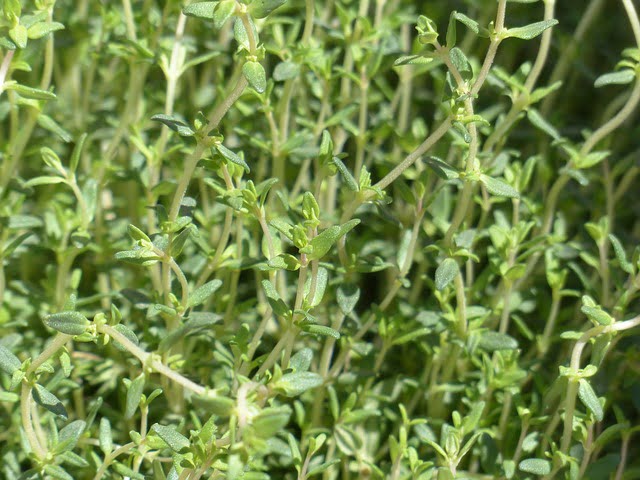
Yarrow
Known for its feathery foliage and clusters of tiny flowers, yarrow is a powerhouse companion plant for artichokes. It attracts predatory insects like hoverflies and parasitic wasps, which prey on common artichoke pests such as aphids and caterpillars. Additionally, yarrow’s deep roots help improve soil health by aerating the soil and increasing nutrient availability.
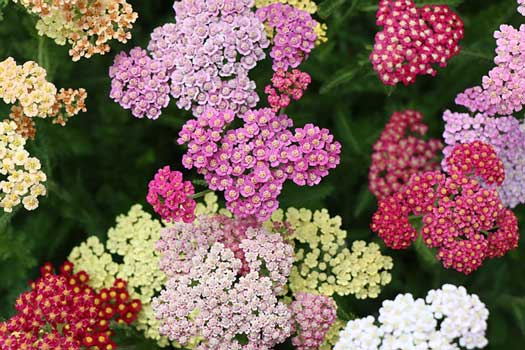
Borage
With its vibrant blue flowers and cucumber-like flavor, borage is not only a beautiful addition to the garden but also a valuable companion for artichokes. Borage attracts pollinators like bees and hoverflies, ensuring ample pollination for healthy artichoke yields. Furthermore, its presence helps deter pests like tomato hornworms and cabbage worms, protecting artichoke plants from potential damage

Beans and Peas
As nitrogen-fixing legumes, beans and peas play a vital role in replenishing soil nutrients. Planting them alongside artichokes ensures a steady supply of nitrogen, promoting lush foliage and sturdy growth. Additionally, their climbing habit provides natural support for artichoke stems, reducing the risk of breakage and damage during windy conditions.

Calendula
With its cheerful, vibrant blooms, calendula serves as a beacon for beneficial insects, such as ladybugs and lacewings, which help keep garden pests in check. Additionally, its presence can deter pests from targeting nearby artichoke plants, creating a harmonious environment where both plants thrive.

Kale
Known for its robust growth and nutrient-rich leaves, kale makes an excellent companion for artichokes. Its dense foliage provides shade for artichoke plants, shielding them from excessive sunlight and heat stress. Furthermore, kale’s natural pest-repellent properties help deter common garden pests, such as aphids and cabbage worms, reducing the need for chemical interventions.

Cabbage
Sharing similar growing conditions with artichokes, cabbage is a natural companion that complements the artichoke patch. Cabbage plants emit compounds that repel cabbage moths, a common pest that can also affect artichokes. By interplanting cabbage with artichokes, gardeners can create a protective barrier against pests while promoting mutual growth and health.
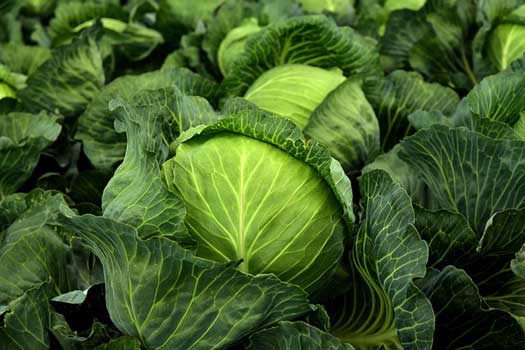
Cucumbers
Introducing cucumbers into the artichoke garden not only provides shade for the soil, helping to retain moisture and suppress weed growth, but also enhances soil health through their extensive root systems. Cucumber vines intertwine with artichoke plants, creating a beneficial microclimate that fosters optimal growth for both crops.

Arugula
With its peppery flavor and delicate leaves, arugula adds diversity to the garden while complementing the growth of artichokes. This fast-growing green thrives in the same conditions as artichokes, making it a compatible companion. Additionally, arugula’s spicy scent can help repel pests, protecting artichokes from potential damage.

Radishes
Planting radishes alongside artichokes serves a dual purpose: deterring pests and improving soil structure. Radishes release compounds that naturally repel pests like aphids and cucumber beetles, safeguarding artichoke plants from infestations. Furthermore, their taproots help break up compacted soil, enhancing aeration and drainage for healthier artichoke roots.
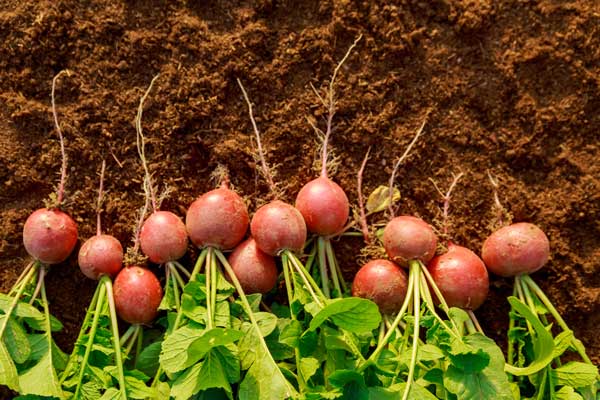
Corn
Tall and majestic, corn plants offer shade and structural support in the artichoke garden. Their towering stalks create a microclimate that shields artichokes from excessive sunlight while providing a natural trellis for climbing varieties. Additionally, corn’s allelopathic properties deter pests like nematodes, reducing the risk of soil-borne diseases in the artichoke patch.
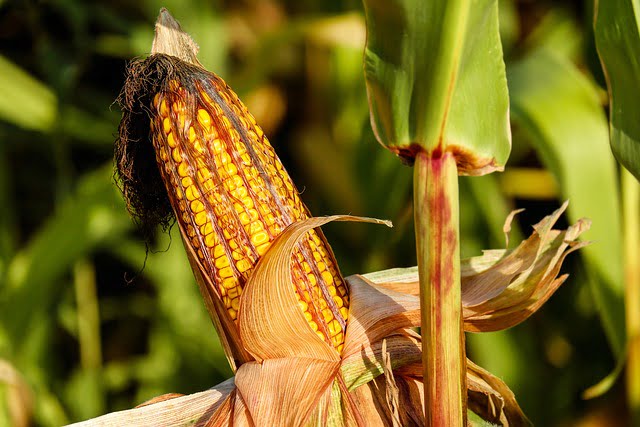
Kohlrabi
By emitting a unique scent and texture, kohlrabi plants cleverly confuse pests, effectively thwarting specific problems that target brassicas. This not only safeguards the nearby artichokes but also fosters a harmonious ecosystem within the garden.

Cauliflower
With its distinctive appearance and growth habit, cauliflower plants skillfully perplex pests, thus adding an extra layer of defense to the garden. Furthermore, their presence diversifies planting arrangements, contributing to the overall aesthetic appeal and functionality of the garden space.

Brussels Sprouts
These resilient plants not only deter pests but also enrich the garden’s diversity. By attracting a variety of beneficial insects and birds, Brussels sprouts actively contribute to a thriving and balanced garden ecosystem.
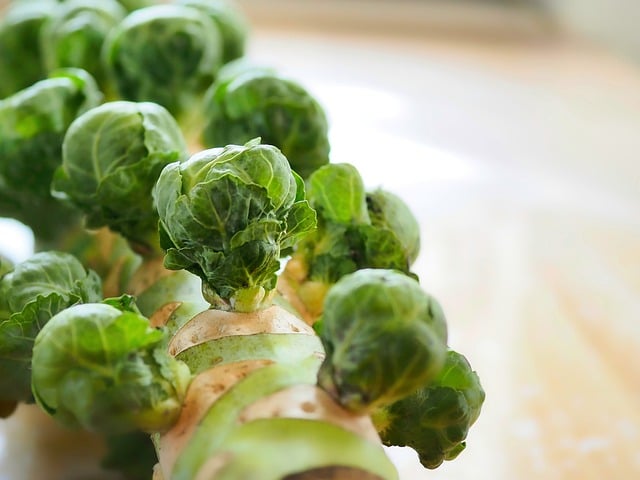
Potatoes
Utilizing their natural repellent properties, potatoes actively ward off pests while simultaneously benefiting from the shade provided by neighboring artichokes. This mutually beneficial relationship enhances the overall health and productivity of both crops.

Tomatoes
Serving as natural pest repellents and valuable pollinator attractors, tomatoes play a vital role in maintaining a pest-resistant and biodiverse garden environment. Their presence not only protects nearby artichokes but also promotes pollination, leading to increased yields and healthier plants

Broccoli
Through their unique characteristics and growth requirements, broccoli plants effectively confuse pests, safeguarding the adjacent artichokes from potential harm. Additionally, their shared growing requirements create a synergistic relationship that fosters mutual growth and vitality.

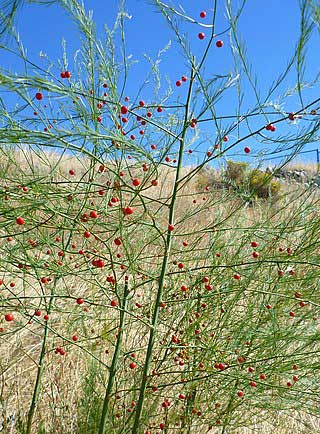
Nasturtiums
With their vibrant blooms and unique foliage, nasturtiums actively discourage pests while simultaneously beckoning beneficial insects to the garden. This dual action not only safeguards nearby plants, including artichokes, but also fosters a balanced and thriving ecosystem within the garden.
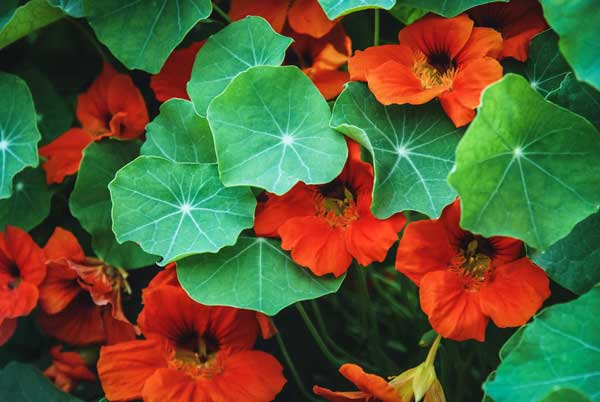
Basil
Emitting a fragrant aroma and boasting robust foliage, basil plants effectively repel pests such as aphids, mosquitoes, and flies. This natural pest-repelling ability not only protects neighboring plants, including artichokes, but also enhances the overall health and vitality of the garden.

Oregano
With its aromatic leaves and resilient nature, oregano serves as a formidable deterrent to pests like aphids, cabbage butterflies, and cucumber beetles. By actively repelling these pests, oregano plants contribute to the well-being of nearby plants, including artichokes, and promote a pest-resistant garden environment.

Lavender
Known for its delightful fragrance and delicate blooms, lavender plants play a crucial role in deterring pests while simultaneously attracting essential pollinators like bees and butterflies. This dual function not only protects nearby plants, including artichokes, but also ensures effective pollination, leading to healthy growth and abundant harvests.
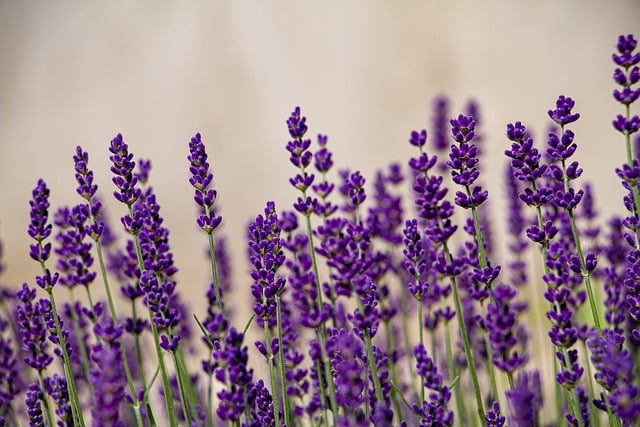
Mint
With its refreshing scent and vigorous growth, mint is renowned for its pest-repelling properties. While specific benefits in relation to artichokes may vary, mint can still contribute positively to the garden ecosystem by deterring pests and adding diversity to the plant community.
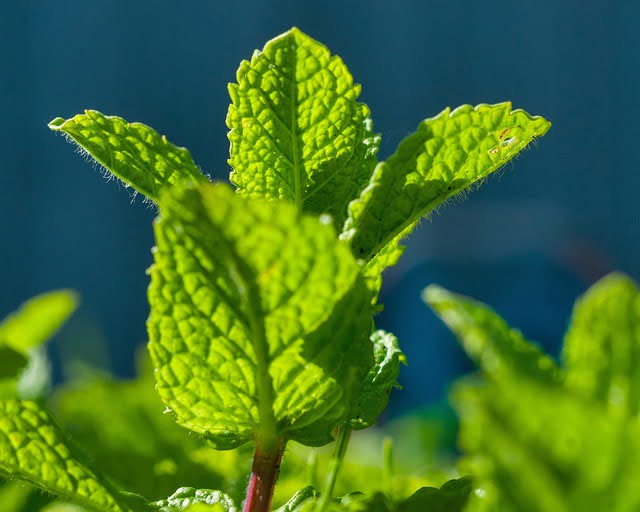
By incorporating these beneficial companion plants into the artichoke garden, gardeners can foster a thriving ecosystem where artichokes flourish alongside a diverse array of companions, promoting mutual growth, health, and resilience.
Tarragon
Tarragon is a versatile herb that offers both culinary and garden benefits. Its distinct flavor enhances various dishes, while its aromatic oils repel pests like ants and flies. Planting tarragon alongside artichokes can help protect them from pest infestations, contributing to a healthier and more productive garden overall.

Containers Planting:
For gardeners with limited space or those seeking more control over soil conditions grow artichoke in container, container gardening offers a practical solution for growing artichokes and companion plants. When selecting containers, opt for large, deep pots to accommodate the deep root systems of artichokes. Ensure adequate drainage to prevent waterlogged soil, and consider companion plants that thrive in container environments, such as dwarf sunflowers or compact herbs like thyme.
Partial shade Planting
In areas with partial shade, selecting companion plants that tolerate or even thrive in these conditions is crucial for a successful garden. While artichokes prefer full sun, some companion plants, such as kale or arugula, can still thrive in partially shaded areas. Consider planting these shade-tolerant companions alongside artichokes to maximize garden productivity and diversity.
Companion Planting Strategies
In order to maximize the benefits of companion planting with artichokes, it’s important to implement effective strategies that optimize plant spacing and placement while incorporating artichokes into the landscape for both aesthetic appeal and practical benefits.
Understanding artichoke plant spacing and placement for optimal growth is crucial when planning a companion planting scheme. Artichokes are known to have large, spreading foliage, so providing adequate spacing between plants ensures they have enough room to grow and thrive. Additionally, considering the mature size of companion plants is essential to prevent overcrowding and competition for resources. By strategically spacing artichokes and their companions, gardeners can create a harmonious environment where each plant can reach its full potential.
landscaping artichoke plant
Landscaping ideas that incorporate artichokes can add both beauty and functionality to the garden. Artichoke plants have striking foliage and architectural appeal, making them an attractive focal point in garden beds or borders. When designing with artichokes, consider using them as backdrop plants to showcase smaller, complementary companions in the foreground. Incorporating edible plants like herbs or colorful flowers can enhance the visual appeal of the garden while providing practical benefits such as attracting pollinators or repelling pests. Additionally, incorporating artichokes into mixed perennial or vegetable gardens adds diversity and interest to the landscape while maximizing garden space and productivity.
By implementing these companion planting strategies, gardeners can create a dynamic and thriving garden ecosystem where artichokes and their companions work together harmoniously. With thoughtful planning and creative landscaping, companion planting with artichokes can enhance the beauty, productivity, and sustainability of any garden space.

Maintaining Artichoke Gardens
Harvesting artichokes at the right time ensures optimal flavor and texture. When the artichoke buds are firm and plump, with tightly packed leaves, it’s time to harvest. Use a sharp knife to cut the stem about 1-2 inches below the base of the bud. Harvesting regularly encourages the plant to produce more buds throughout the growing season, extending the harvest period.
Addressing common issues such as pests like aphids and rutabaga is essential for maintaining healthy artichoke plants. Regularly inspect plants for signs of aphid infestations, such as curled leaves or sticky residue, and promptly remove affected leaves or use natural pest control methods like releasing ladybugs or spraying with neem oil. Additionally, planting pest-repellent companions like marigolds or yarrow can help deter aphids and other pests. As for rutabaga, it’s important to keep an eye on its growth and promptly remove any infested plants to prevent pest spread to nearby artichokes.
Understanding artichoke growth patterns and potential problems is key to maintaining thriving plants. Artichokes are heavy feeders and require regular fertilization with nitrogen-rich organic matter to support vigorous growth. They also prefer well-drained soil and benefit from mulching to retain moisture and suppress weeds. Keep an eye out for common issues like fungal diseases or root rot, and address them promptly with appropriate treatments.
Gardening tips for maintaining healthy artichoke plants include providing adequate water and sunlight, ensuring proper spacing between plants to prevent overcrowding, and regularly pruning dead or damaged leaves to promote air circulation and reduce the risk of disease. Additionally, rotating crops annually can help prevent pest and disease buildup in the soil.
By following these tips and staying proactive in garden maintenance, gardeners can enjoy a bountiful harvest of delicious artichokes while keeping their plants healthy and thriving throughout the growing season.
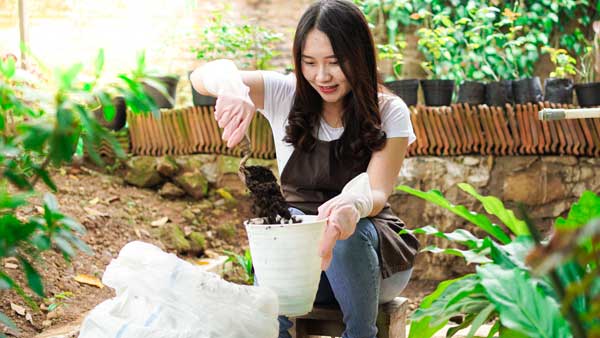
Additional Considerations
Maintaining optimal pH levels in the soil is crucial for the health and productivity of artichokes. These plants prefer slightly alkaline conditions, with a pH range of 6.5 to 7.5. Regular soil testing and amendments with lime or dolomite can help ensure that the soil remains within the desired pH range, providing an ideal environment for artichoke growth.
Companion planting principles extend beyond artichokes to other vegetables like kale, cabbage, and cucumbers. These plants benefit from strategic companionship with compatible species that enhance growth, deter pests, and improve overall garden health. For example, planting aromatic herbs like thyme or tarragon near cabbage and kale can help repel pests, while interplanting cucumbers with beans or peas provides natural support and nitrogen fixation.
Exploring the possibility of growing Jerusalem artichokes alongside artichokes offers an intriguing opportunity to diversify the garden and maximize space utilization. Jerusalem artichokes, also known as sunchokes, are hardy perennials that produce edible tubers similar to potatoes. Planting them alongside artichokes can create a dynamic and productive garden ecosystem, with both plants complementing each other’s growth and contributing to garden biodiversity.
Pollinators play a crucial role in the garden ecosystem, facilitating the reproduction of flowering plants like artichokes. Attracting beneficial pollinators such as bees, butterflies, and hummingbirds helps ensure successful pollination and fruit set. Planting pollinator-friendly flowers like sunflowers, calendula, and yarrow alongside artichokes provides a valuable food source for these essential garden visitors, contributing to a healthy and vibrant ecosystem.
Predatory insects like hoverflies, lacewings, and parasitic wasps are valuable allies in natural pest control. These beneficial insects prey on common garden pests like aphids, caterpillars, and whiteflies, helping to keep pest populations in check without the need for harmful chemicals. Encouraging populations of predatory insects through habitat creation and companion planting practices can significantly reduce pest damage and promote a balanced garden ecosystem.
FAQ’s
What is the ideal spacing for artichoke plants?
Artichoke plants require ample space to thrive, typically needing about 3 to 4 feet of spacing between each plant. This ensures that they have enough room to spread out and grow without competing with neighboring plants.
How can I do landscape with artichoke plants?
Artichoke plants can make stunning additions to landscaping, especially in ornamental gardens. Their large, architectural foliage adds texture and interest to garden beds or borders. Consider planting them as focal points or as backdrops for smaller flowering plants.
Do artichokes grow into bushes?
Yes, mature artichoke plants can develop into bushy structures, with large, serrated leaves forming a dense, rounded shape. This bushy growth habit makes them visually striking in the garden landscape.
Are there flowers that look like artichokes?
While there aren’t flowers that exactly mimic the appearance of artichokes, some plants have blooms that bear a resemblance. For example, globe thistle (Echinops) and cardoon (Cynara cardunculus) have round, spiky flower heads that share some visual similarities with artichokes.
Can you grow artichokes in a container?
Yes, artichokes can be grown in containers, making them suitable for patio gardens or small urban spaces. Choose large containers with drainage holes and fill them with rich, well-draining soil. Place the container in a sunny spot and ensure regular watering and fertilization.
When do artichokes go bad?
Artichokes are best harvested when the buds are firm and tightly packed. If left on the plant for too long, they can become overripe and tough. After harvesting, store artichokes in the refrigerator for up to a week to maintain freshness.
Where do artichokes grow best?
Artichokes thrive in regions with mild, Mediterranean-like climates. They prefer full sun and well-drained soil with a slightly alkaline pH. Coastal areas with cool summers and mild winters are particularly well-suited for artichoke cultivation.
Are artichokes alkaline-loving plants?
Yes, artichokes prefer soil with a slightly alkaline pH, typically in the range of 6.5 to 7.5. Maintaining proper soil pH is important for the health and productivity of artichoke plants.
Can you plant lavender near potatoes?
Yes, lavender and potatoes can be planted near each other without any adverse effects. Lavender’s aromatic foliage may help deter pests that commonly affect potatoes, making them compatible companion plants.
Can you grow an artichoke plant from an artichoke?
While it’s possible to grow artichokes from seeds or transplants, growing them from an actual artichoke can be challenging. Artichoke seeds are more reliable for propagation, but starting from an artichoke requires careful preparation and attention to ensure successful germination and growth.
For further exploration of gardening articles, kindly visit our webpage: Home Garden
Lemon Verbena Companion Plants
Companion planting with Asparagus

